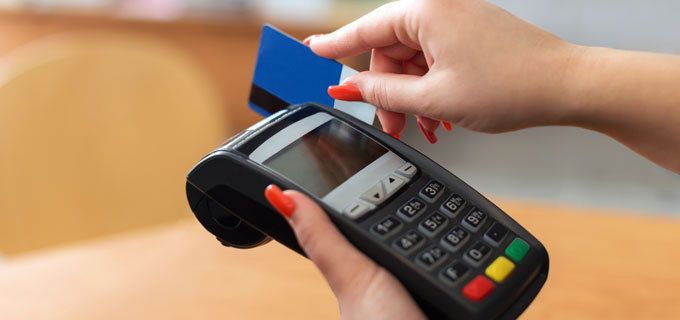Where does the money go?
So when you do a card payment, the shop owner can be certain she's getting paid because the card terminal does a real-time authorisation out of your card account ('value now'); but the payment system actually moves the money early the next business day morning or, for some payments, the morning after ('funds later'). Payments made on the weekend are the same in that value (authorisation) is still now, but the system only actually moves money between financial institutions on weekday mornings – which could be 2 to 4 days later.
By the way, 'value now, funds later' is a lot better from the shop's perspective than 'promise now, funds later' – which is how a personal cheque works.
In the good old days of branch banking, most people couldn't check their account balance outside business hours. Nowadays we all have much better information about our accounts through widespread ATM networks, internet banking and phone banking.

